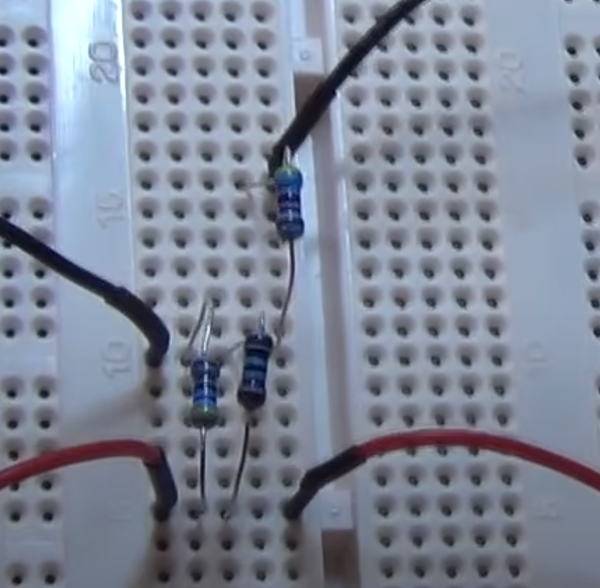Electronic Formulas Page
Ohms Law
Ohm’s law states that the voltage across a conductor is directly proportional to the current flowing through it, provided all physical conditions and temperatures remain constant.
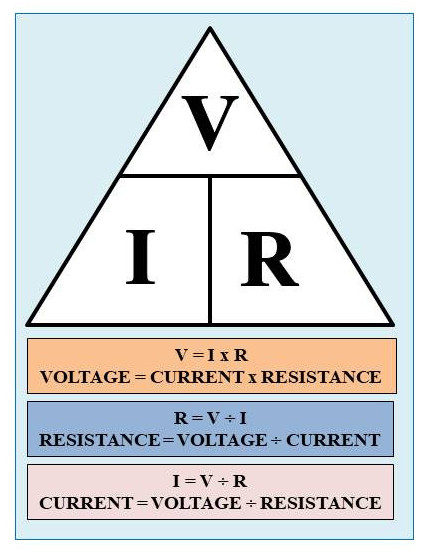
To demonstrate this a demo circuit was set up.
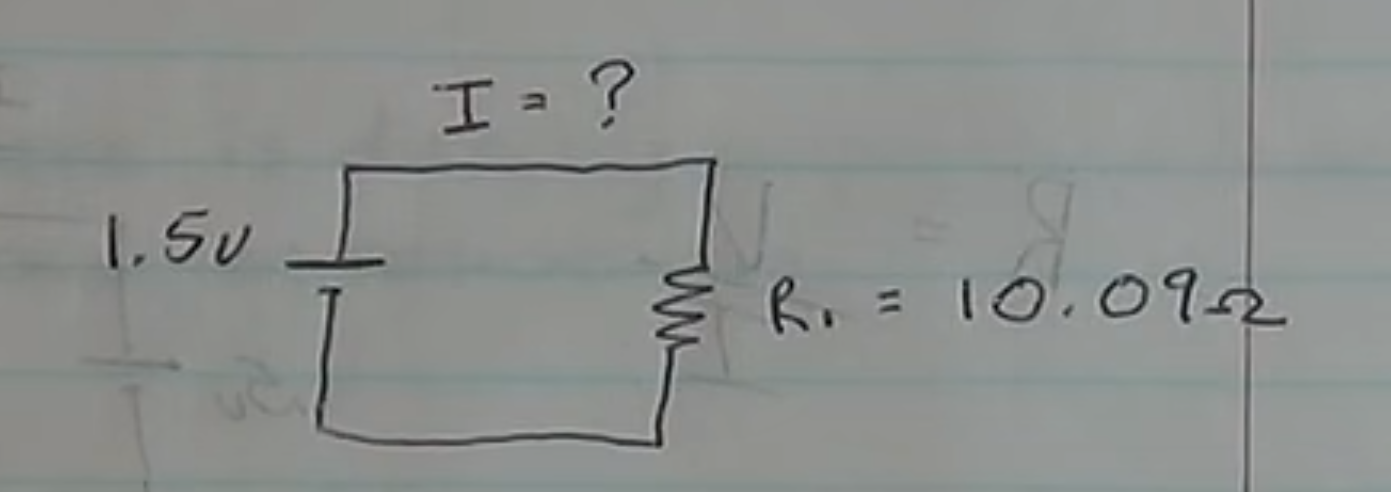
The circuit is put together and given the values the expected result is
1.5v ÷ 10.09Ω = 0.148A or 148mA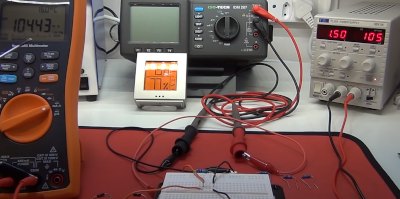
A you can see the answer was not as expected but instead 104.43mA. The reason for this is that the circuit has additional resistance due to the multi-meters.
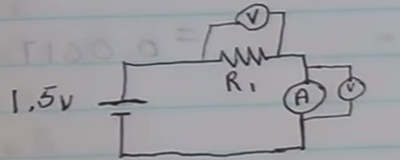
Luckily we are measuring these values
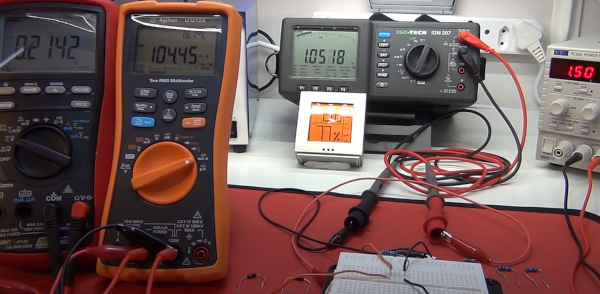
Looking a first measurement over the resistor
R₁ = V/I
= 1.05v ÷ 0.104A = 10.09ΩLooking a second measurement over the multi-meter
Rₐ = V/I
= 0.21v ÷ 0.104A = 2.02ΩTotal Resistance calculated by adding together because we are in series
Rₜ = V/I
= 10.09Ω + 2.02Ω = 12.11ΩCalculating the Total Amps
Amps = V/I
= 1.5 ÷ 12.11Ω = 0.123A or 123mANow lets calculate the Total Resistance using actual current meter reading (0.104A) and the (1.5) voltage.
R"ₜ" = V/I
= 1.5v / 0.104A = 14.4ΩGiven we now know the actual resistance and the total resistance gives to the wiring resistance.
= 14.4Ω (calculated from the meter reading and the input voltage) - 12.11Ω (Calculated from total resistance) = 2.29ΩResistance in Parallel
We measure resistance in parallel e.g.
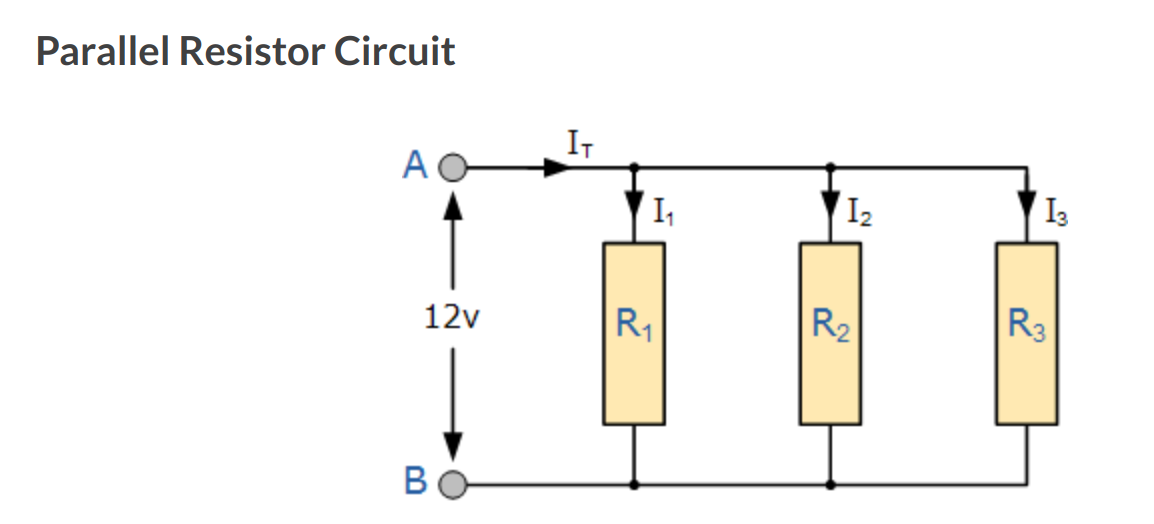
With the following formula

Using the above demo for Ohms and two resistors and no accounting for wire and multi-meters gives
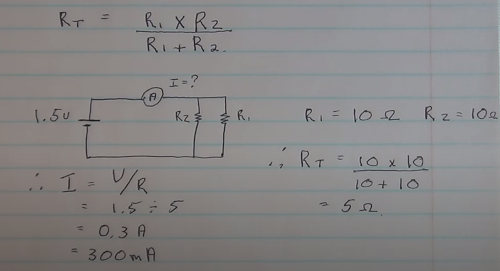
Recalculating adding these in gives

Voltage Divider
Here we have a voltage divider. The purpose of this is what the name suggests to divide voltage.

And here is what it looks like in reality where the input is on the right and the output on the left. Note the resistors in parallel.
